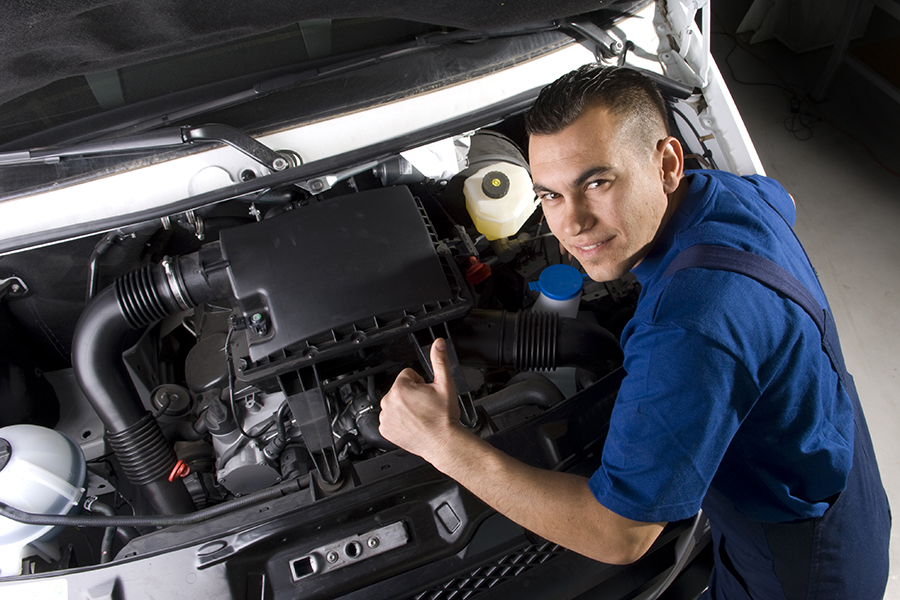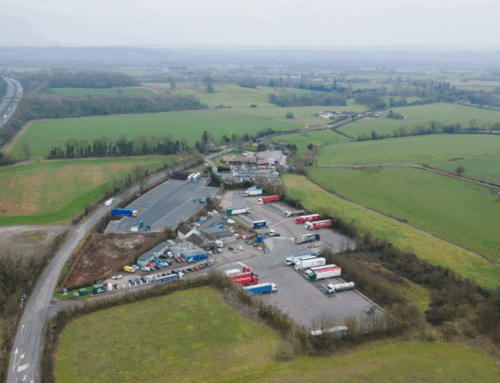Cost of living & vehicle safety
Experts warn that rising energy and fuel costs might shunt vehicle maintenance down fleet operator and driver priority lists, thus reducing vehicle safety. This is a false economy – and a very dangerous one, at that.
Although the government has introduced a six-month energy price cap for businesses, diesel, electricity and gas prices have all increased massively over 2022. Electricity prices increased by 36% between 2021 and 2022 according to a Parliamentary report published at the end of July. Diesel spiked to almost £2 per litre in July, to drop back slightly to £1.83, and baseline gas prices rose from 13p per therm in June 2020 to 149p per therm in June 2022. (Its peak was over 313p).
It’s no wonder then that sources including the boss of Halfords and the boss of Startline Motor Finance have warned that the real cost of high energy prices for business could be a deterioration in road safety. They claim that motorists are likely to cut back on essential vehicle maintenance – and unfortunately this may be true for fleets as well, leading to issues with vehicle safety.
Grey fleet – the hidden risk?
Managers must pay attention to ‘grey fleet’ vehicles – where the cost of maintenance is borne directly by the employee. If employees use their own vehicles for work purposes, companies must ensure their journeys are risk assessed, and manage those risks, as with any other fleet vehicle. The same duty of care and responsibility for vehicle safety arises with grey fleet as with company-owned vehicles.
There were an estimated 14m grey fleet vehicles in the UK pre-pandemic, and recent reports suggest that this number has grown by 43% post-pandemic.
Cost of living rises mean that privately owned cars are becoming older, (average age of nine years). Moreover, in 2019 there were 3.4 times more used cars sold than new, and in 2021 this had risen to 4.5 times.
Analysis of more than 200,000 vehicle defect checks by Total Motion in 2021 showed a stark difference between failure rates on grey fleet vehicles compared to company cars or vans, highlighting a real issue around vehicle safety. The comparisons were as follows:
- Defective tyres 22% grey fleet, compared to 14.2% of company vehicles.
- Defective brakes: 1.77% grey fleet, 0.38% of company vehicles
- Defective lights: 1.75% of grey fleet as opposed to 0.47% of company vehicles.
- The survey also found that 13,659 (7%) of all vehicles checked had an incomplete service, maintenance and repair history.
Fleet costs – watching the bottom line
Many businesses will be smarting from increased energy costs. However, all fleets should be very cautious about where any necessary economies are made. Preventive maintenance saves more money than it costs. It also saves lives.
The cost of vehicle maintenance is rising, not least because of labour shortages. Parts are also becoming more expensive: tyre prices are reportedly showing ‘double digit increases’. Insured vehicle repairs are likely to cost more than personal injury claims for the first time in years.
So why not economise on maintenance?
- Poorly maintained vehicles are a road safety hazard. One collision caused by a vehicle defect can cost a company far more than they have saved in maintenance economies across the entire fleet.
– - Regular inspections, daily defect reporting and good servicing makes vehicles cheaper to run, and prevents unscheduled downtime. It also means faults are likely to be fixed early and not when they become extremely damaging and/or very expensive.
– - Well driven and well-maintained vehicles are worth more on resale and also save fleets money at the end of lease.
What can fleet managers do?
Fleet operators are often under budgetary pressure. There are things fleet managers can do to make sure money is spent on the right things.
- Educate your procurement team about fleet value. This includes what a functional fleet means to the business – and the relative value of good maintenance and products as opposed to poor maintenance and products.
- Find the best total cost of ownership model for your vehicles, including maintenance and compliance costs. This could be purchase and in-house management or leasing. Either way, proactive maintenance lowers costs and protects the value of the assets.
– - Remember that the two greatest expenses in a fleet are fuel and insurance premiums. Both are reduced by preventive maintenance schedules and driver coaching. A safer fleet is a cheaper fleet.
– - If vehicles require a service as opposed to generating revenue, consider them a line-stopper item. In other words, if the vehicle isn’t serviceable, the job cannot be done.
Those who manage drivers can also take a look at our case studies featuring fleets from all sectors. They highlight the challenges the Fleet Managers faced, how they met those challenges, and the benefits they’ve seen as a result – across all areas of their business, including collision reduction, lower fuel costs, lower insurance premiums and reduced maintenance costs.






